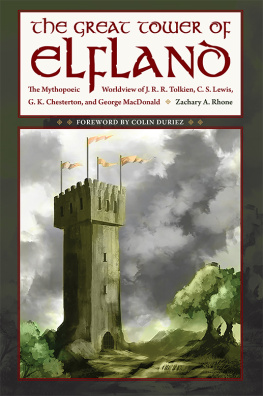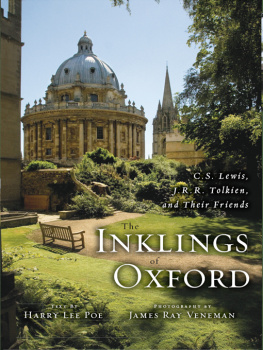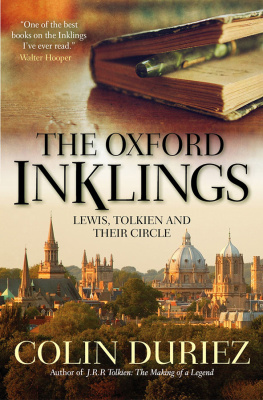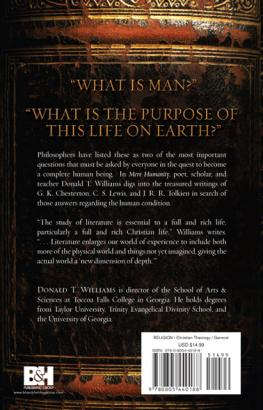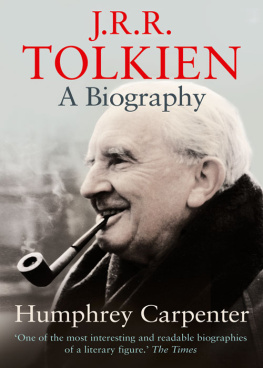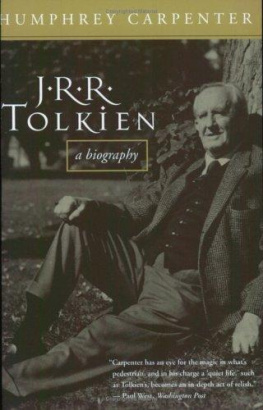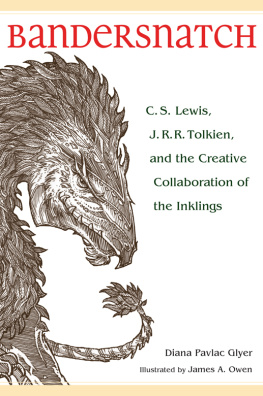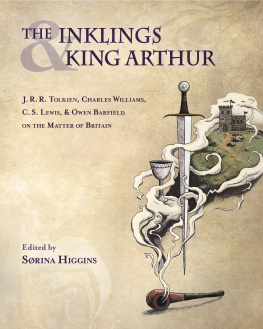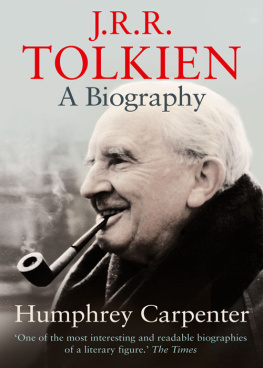Zachary A. Rhone - The Great Tower of Elfland: The Mythopoeic Worldview of J. R. R. Tolkien, C. S. Lewis, G. K. Chesterton, and George MacDonald
Here you can read online Zachary A. Rhone - The Great Tower of Elfland: The Mythopoeic Worldview of J. R. R. Tolkien, C. S. Lewis, G. K. Chesterton, and George MacDonald full text of the book (entire story) in english for free. Download pdf and epub, get meaning, cover and reviews about this ebook. year: 2017, publisher: The Kent State University Press, genre: Science. Description of the work, (preface) as well as reviews are available. Best literature library LitArk.com created for fans of good reading and offers a wide selection of genres:
Romance novel
Science fiction
Adventure
Detective
Science
History
Home and family
Prose
Art
Politics
Computer
Non-fiction
Religion
Business
Children
Humor
Choose a favorite category and find really read worthwhile books. Enjoy immersion in the world of imagination, feel the emotions of the characters or learn something new for yourself, make an fascinating discovery.
- Book:The Great Tower of Elfland: The Mythopoeic Worldview of J. R. R. Tolkien, C. S. Lewis, G. K. Chesterton, and George MacDonald
- Author:
- Publisher:The Kent State University Press
- Genre:
- Year:2017
- Rating:5 / 5
- Favourites:Add to favourites
- Your mark:
The Great Tower of Elfland: The Mythopoeic Worldview of J. R. R. Tolkien, C. S. Lewis, G. K. Chesterton, and George MacDonald: summary, description and annotation
We offer to read an annotation, description, summary or preface (depends on what the author of the book "The Great Tower of Elfland: The Mythopoeic Worldview of J. R. R. Tolkien, C. S. Lewis, G. K. Chesterton, and George MacDonald" wrote himself). If you haven't found the necessary information about the book — write in the comments, we will try to find it.
Beginning in the mid-1950s, scholars proposed that the Inklings were a unified group centered on fantasy, imagination, and Christianity.
Scholars and a few Inklings themselves supported the premise until 1978, when Humphrey Carpenter wrote the first major biography of the group, disputing a unified worldview. Carpenter dedicated an entire chapter to decry any theological or literary unity in the group, arguing disagreement in areas of Christian belief, literary criticism, views of myth, and writing style. Since Carpenters The Inklings, many analyses of the Inklingsand even their predecessorshave continued to show disunity rather than unity in the group.
This text overturns the misapplication of a divided worldview among two Inklings, J. R. R. Tolkien and C. S. Lewis, and their forerunners, G. K. Chesterton and George MacDonald. Analyzing their literary, scholarly, and interpersonal texts, The Great Tower of Elfland clarifies the unities of their thinking through five general categories: literature and language, humanism, philosophy of the personal journey, philosophy of history and civilization, and their Christian mythopoeia. After responding to scholarly arguments that diffuse worldviews, this text introduces some of the literary and interpersonal exchanges among the authors to demonstrate their relationships before examining the popular and lesser-known writings of each to clarify their literary and linguistic theoretical orientations.
Rhone analyzes the Renaissance-like Christian humanism of these authors, their belief that humans should care for animals and nature, and their assertion of fallen humanity. Next, he takes readers through Tolkiens, Lewiss, Chestertons, and MacDonalds perspectives of the human journey, analyzing literary motifs of pathways in their texts, roads used to demonstrate their perceptions of free will, fate, and the accompanying discipleship of companions along the way. After noting the individual human journey, Rhone articulates the groups vantages on humanity through civilization and barbarism, myth and science, and even political opinions. Finally, The Great Tower of Elfland recontextualizes the perspectives of MacDonald, Chesterton, Lewis, and Tolkien in lieu of their Christian mythopoeia, the point on which their unity hinges.
Zachary A. Rhone: author's other books
Who wrote The Great Tower of Elfland: The Mythopoeic Worldview of J. R. R. Tolkien, C. S. Lewis, G. K. Chesterton, and George MacDonald? Find out the surname, the name of the author of the book and a list of all author's works by series.

